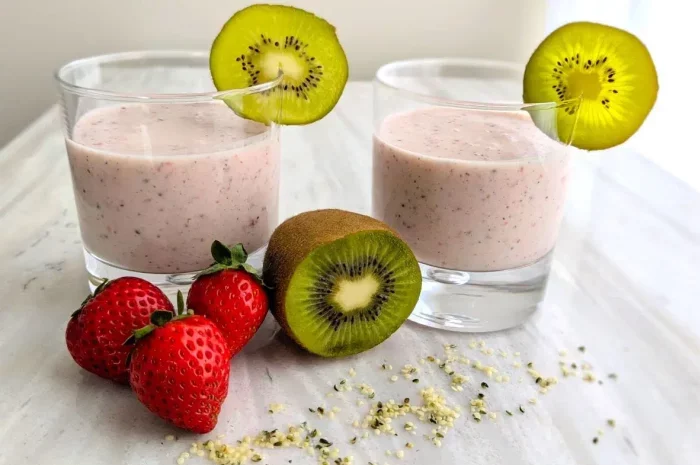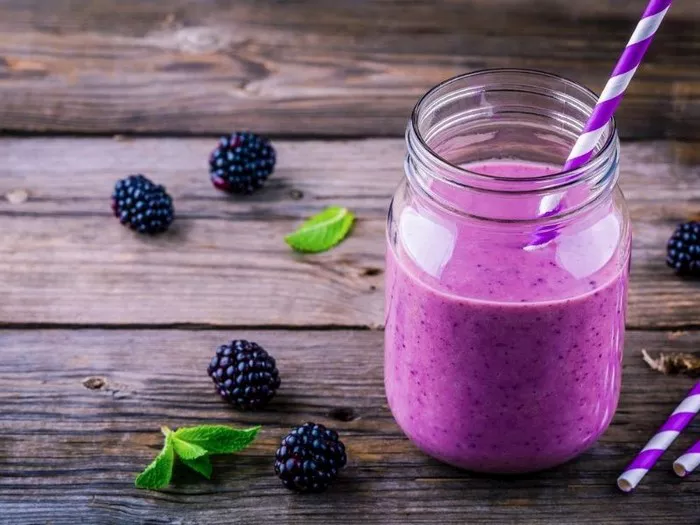In a world filled with countless dietary fads and conflicting nutrition advice, crafting a good healthy eating plan can seem like a daunting task. However, at its core, a healthy eating plan is about providing your body with the right balance of nutrients to support overall health, maintain a healthy weight, boost energy levels, and reduce the risk of chronic diseases. It’s not about strict limitations or short-term fixes but rather adopting sustainable habits that can last a lifetime. In this extensive essay, we’ll explore the fundamental components of a good healthy eating plan, delving into the importance of each food group, the role of macronutrients and micronutrients, meal planning strategies, considerations for different dietary preferences and lifestyles, and how to make gradual yet lasting changes to your diet for the better.
The Foundation of a Healthy Eating Plan: Food Groups
Abundance and Variety: Fruits and vegetables should form the cornerstone of any healthy eating plan. They are rich in vitamins, minerals, fiber, and antioxidants, all of which play crucial roles in maintaining good health. Aim for a colorful array of produce to ensure a diverse intake of nutrients. For example, red fruits and vegetables like tomatoes and strawberries are packed with lycopene and vitamin C, respectively, which can help protect cells from oxidative damage. Orange and yellow ones such as oranges and carrots are high in beta-carotene, which the body can convert into vitamin A, essential for vision and immune function. Green leafy vegetables like spinach, kale, and collard greens are powerhouses of nutrients, containing iron, calcium, folate, and a host of other beneficial substances.
Recommended Intake: The general recommendation is to fill at least half of your plate with fruits and vegetables at each meal. This might mean having a side salad with lunch and dinner, along with a piece of fruit as a snack or part of breakfast. Eating a variety of fresh, frozen, or canned (in natural juices or water) fruits and vegetables can help you meet this goal. For instance, you could start your day with a bowl of oatmeal with berries, have a carrot and celery sticks as an afternoon snack, and enjoy a dinner that includes a generous portion of steamed broccoli or a mixed vegetable stir-fry.
Benefits for Health: Regular consumption of fruits and vegetables is associated with a lower risk of numerous health problems, including heart disease, stroke, certain cancers, and type 2 diabetes. The fiber in them helps with digestion and can contribute to a feeling of fullness, which aids in weight management. The antioxidants combat free radicals in the body, reducing inflammation and protecting against cellular damage.
Whole Grains
What Are Whole Grains? Whole grains contain the entire grain kernel, including the bran, germ, and endosperm. This means they are rich in fiber, vitamins, minerals, and healthy fats. Examples include whole wheat, brown rice, oats, barley, and quinoa. In contrast, refined grains have had the bran and germ removed during processing, which strips away many of these valuable nutrients. For example, whole wheat bread is a whole grain product, while white bread made from refined flour lacks the fiber and nutrients found in its whole wheat counterpart.
Incorporating into Meals: Whole grains can be included in various meals throughout the day. For breakfast, you could have a bowl of oatmeal or a slice of whole wheat toast. At lunch, a sandwich on whole wheat bread or a salad with a side of brown rice is a great option. For dinner, consider having whole wheat pasta or a serving of quinoa with your main dish. Aim to make at least half of the grains you consume whole grains. This helps provide a steady source of energy, thanks to their complex carbohydrates, and also supports digestive health due to their fiber content.
Health Benefits: The fiber in whole grains helps lower cholesterol levels by binding to it in the digestive tract and facilitating its excretion. It also helps regulate blood sugar levels by slowing down the digestion and absorption of carbohydrates, preventing sharp spikes in blood glucose. Additionally, whole grains are associated with a reduced risk of heart disease and may contribute to maintaining a healthy weight.
Lean Proteins
Sources of Lean Proteins: Lean proteins are essential for building and repairing tissues, including muscles, as well as for producing enzymes, hormones, and other important molecules in the body. Good sources of lean proteins include skinless chicken breast, turkey breast, fish (such as salmon, tuna, cod, and sardines), eggs, low-fat dairy products (like skim milk, low-fat yogurt, and cottage cheese), and plant-based options like beans, lentils, tofu, and tempeh. For example, a 3-ounce serving of skinless chicken breast contains about 26 grams of protein with relatively low amounts of saturated fat, while a half-cup of cooked black beans provides around 7 grams of protein along with fiber and other nutrients.
Meal Planning with Proteins: Incorporate lean proteins into each meal to help keep you satisfied and support muscle maintenance. For breakfast, you might have a protein smoothie made with Greek yogurt, a scoop of protein powder, and some berries. Lunch could be a grilled chicken salad or a sandwich with lean turkey. At dinner, a baked fish filet with a side of vegetables and a small portion of whole grains is a balanced option. If you’re following a vegetarian or vegan diet, combine different plant-based proteins throughout the day to ensure you’re getting all the essential amino acids. For instance, having beans with rice or a tofu and vegetable stir-fry can provide a complete protein profile.
Protein’s Role in Health: Adequate protein intake is crucial for maintaining a healthy metabolism, as it has a higher thermic effect than carbohydrates or fats, meaning the body burns more calories digesting it. It also helps with satiety, reducing the likelihood of overeating between meals. Protein is especially important for older adults to help prevent muscle loss and maintain strength and mobility.
Healthy Fats
Types of Healthy Fats: Not all fats are created equal, and including the right kinds of fats in your diet is important for overall health. Unsaturated fats, such as monounsaturated fats found in olive oil, avocados, and almonds, and polyunsaturated fats like omega-3 and omega-6 fatty acids found in fatty fish (e.g., salmon, mackerel), flaxseeds, and walnuts, are considered healthy fats. These fats can help improve blood lipid profiles by reducing levels of “bad” cholesterol (LDL) and increasing levels of “good” cholesterol (HDL). In contrast, saturated fats, found in fatty cuts of meat, full-fat dairy products, and tropical oils like coconut oil and palm oil, should be consumed in moderation as excessive intake can increase the risk of heart disease. Trans fats, which are often found in processed foods like baked goods and fried foods, are the least healthy and should be avoided as much as possible.
Incorporating Healthy Fats: You can add healthy fats to your meals in various ways. Use olive oil for cooking or as a salad dressing instead of butter or other less healthy oils. Avocado can be sliced and added to sandwiches, salads, or blended into smoothies for a creamy texture and added nutrition. Nuts and seeds can be eaten as a snack on their own or sprinkled on top of yogurt, oatmeal, or cereal. For example, a tablespoon of almond butter spread on whole wheat toast provides a good combination of healthy fats, protein, and fiber. Incorporating fatty fish into your diet a few times a week, such as having baked salmon for dinner, can boost your intake of beneficial omega-3 fatty acids.
Benefits for the Body: Healthy fats are essential for the absorption of fat-soluble vitamins (A, D, E, and K) and play a role in maintaining healthy cell membranes. Omega-3 fatty acids, in particular, have anti-inflammatory properties and are beneficial for heart health, brain function, and reducing the risk of certain chronic diseases like arthritis and depression.
Conclusion
In conclusion, a good healthy eating plan is a comprehensive and balanced approach to nutrition that caters to individual needs while promoting overall well-being. It emphasizes the consumption of a variety of nutrient-dense foods, including fruits, vegetables, whole grains, lean proteins, and healthy fats. By incorporating these components into meals and snacks, individuals can ensure they are meeting their essential macronutrient and micronutrient requirements. Additionally, a good healthy eating plan takes into account portion control, hydration, and mindful eating practices to foster a positive relationship with food and support sustainable weight management. Ultimately, developing a personalized and realistic eating plan, possibly with the guidance of a healthcare professional or dietitian, can lead to improved energy levels, better mental clarity, stronger immune function, and a reduced risk of chronic diseases. Remember, the key to a successful healthy eating plan is consistency, variety, and enjoying the foods you eat.
Related Topics:






















